
Steve Kardinal JUSUF - Associate Professor
Associate Professor Steve Kardinal JUSUF is an Associate Professor of Singapore Institute of Technology. He received M.Sc. and Ph.D. degrees in Building Science and Building Services from Nanyang Technological University, Singapore. In 2000, he joined PT. Cipta Adya Laras, as a Project Manager, Interior, Architecture Consultant & Contractor until 2001. He then joined Yoets Arch as Architect, Architecture Consultant and Designer, Indonesia in 2015. In 2015, he joined Singapore of Institute Technology as Assistant Professor and in 2020 he became Associate Professor until now.
Steve conducted research and development about green building technology and sustainability. He has published 23 journal papers and 17 conference papers. He also has published 10 books and the latest book is "Cooling the urban environment: Effect of tree evapotranspiration on outdoor air temperature" that has published in 2020. In addition, he also won the “Best Paper Award" at International Forum on Urbanism International Conference, Singapore.
1. What are the drivers of and barriers to sustainability research in this program?
Agrivoltaics is gaining renewed interest in Singapore due to new governmental target areas for both renewable energy and food production. This would pave the way for innovations in food security where solar energy could be used to power agri-food tech innovations in a more sustainable manner.
Driver: Singapore faces a competing need for space for different sustainability goals. Therefore, there is a need to develop optimum solutions for these different goals, so that they can co-exist in the same space.
However, one barrier that remains is that the capital cost of agrivoltaic implementation in Singapore is prohibitive.
2. How do you feel about the state of architectural education today? Can Singapore be more sustainable?
There is a need to have a stronger emphasis on the use of passive design and introduce a super-low energy building air-conditioning system, specifically for our tropical climate, as part of the skill sets and knowledge that architecture students should have.
By encouraging the adoption of innovative architectural design and energy-saving technologies, Singapore has emerged as a model of green building in Asia — an important development in a region that is urbanising more rapidly than any other in the world. Singapore is known as a green city, however, on the path towards becoming fully sustainable, it is curtailed by factors such as dependence on air-conditioning - given the warm climates around the region, which furthers the need for air-conditioning as an essential design component.
As such, the pedagogy for architecture students’ needs to be based on understanding the importance of promoting designs that emphasise passive technologies such as optimisation of shading and ventilation - aimed at reducing the carbon footprint as a whole.
3. To build green Singapore, which is better, a recycled material or a natural material? Explain why.
Recycled materials would be better in building a green Singapore. To use natural materials, Singapore will incur hidden environmental costs from importing and transfers given our lack of natural resources.
4. In terms of the green economy, what types of environmentally friendly investment projects can boost Singapore's economic growth?
Green economy investment projects should have a direct positive impact on the economy which includes: employment creation, income through tax revenue and multiplier effect through the value and supply chains.
Some opportunities on green economy project domestically and regionally are:
a) Renewable energy-based power plants (especially solar power/nuclear)
b) Water treatment technology
- The Deep Tunnel Sewerage System (DTSS). The DTSS uses deep tunnel sewers to convey used water entirely by gravity to centralised WRPs located at the coastal areas. The used water is then treated and further purified into ultra-clean, high-grade reclaimed water called NEWater, with excess treated effluent discharged to the sea.
c) Waste treatment technology
- NEA is looking into the development of an Integrated Waste Management Facility (IWMF) to help Singapore meet its future waste management needs and achieve long term environmental sustainability. As a state-of-the-art flagship facility, it will be developed with innovative solutions that can maximise both energy and resource recovery from solid waste.
- NEA’s IWMF and PUB’s Tuas Water Reclamation Plant (TWRP), jointly known as Tuas Nexus, will be co-located at the Tuas View Basin Site to maximise both energy and resource recovery in solid waste and used water treatment processes.
5. Can the concept of a net-zero energy city be implemented in Singapore?
It would be difficult. In order to achieve net-zero energy, Singapore must be able to produce its own renewable energy to meet the energy demands of its population which is limited by its lack of natural resources.
Find more at https://www.singaporetech.edu.sg/directory/faculty/steve-jusuf






.png)
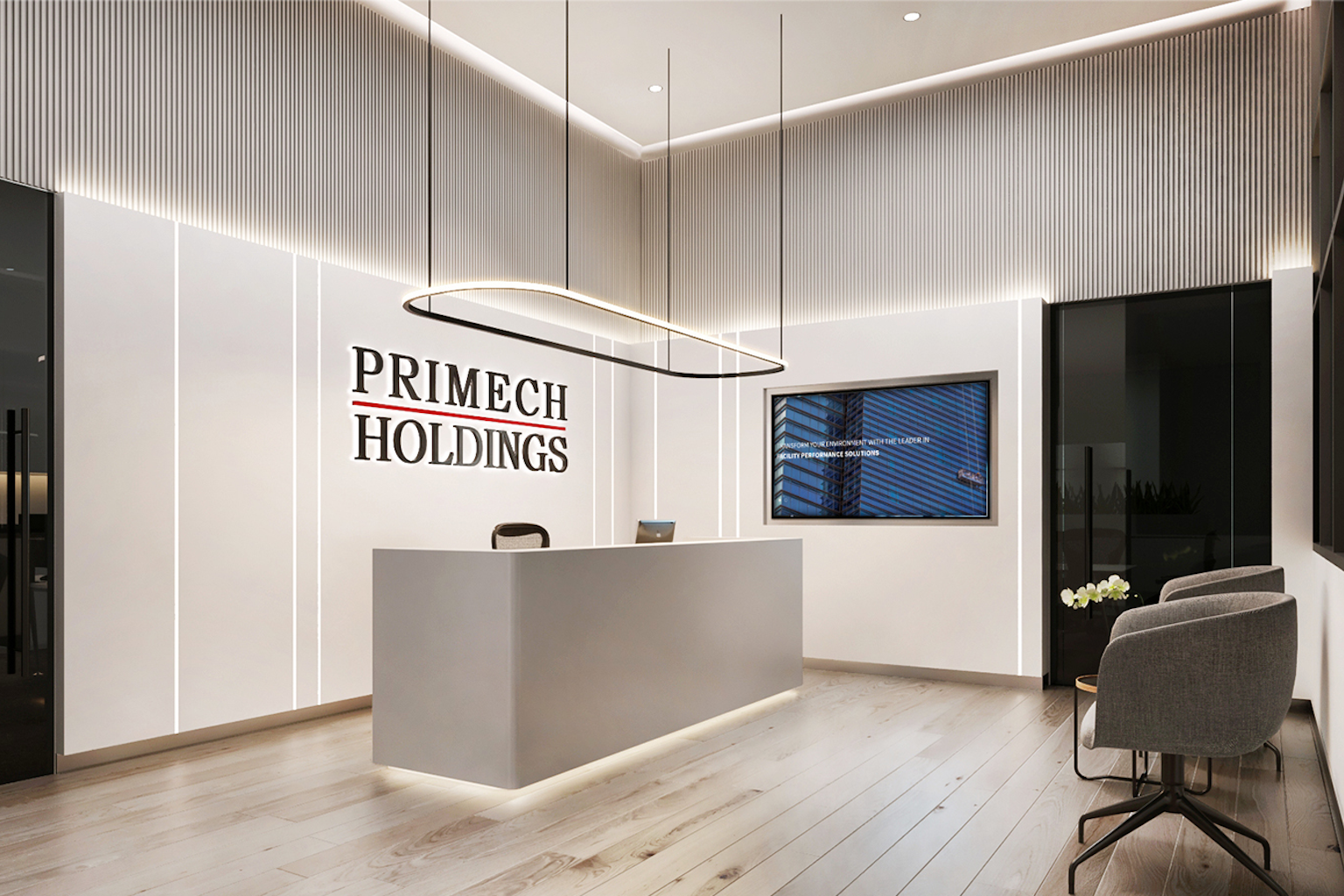
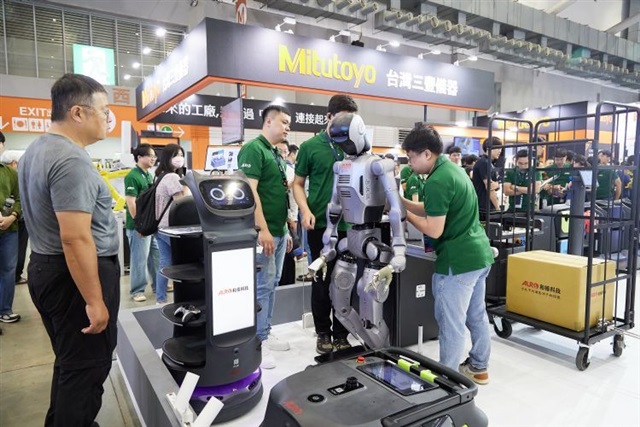

.jpg)
.png)


.png)
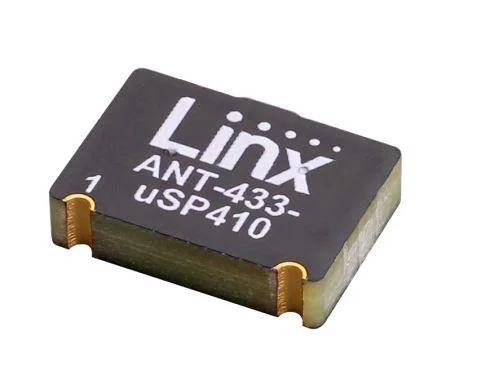
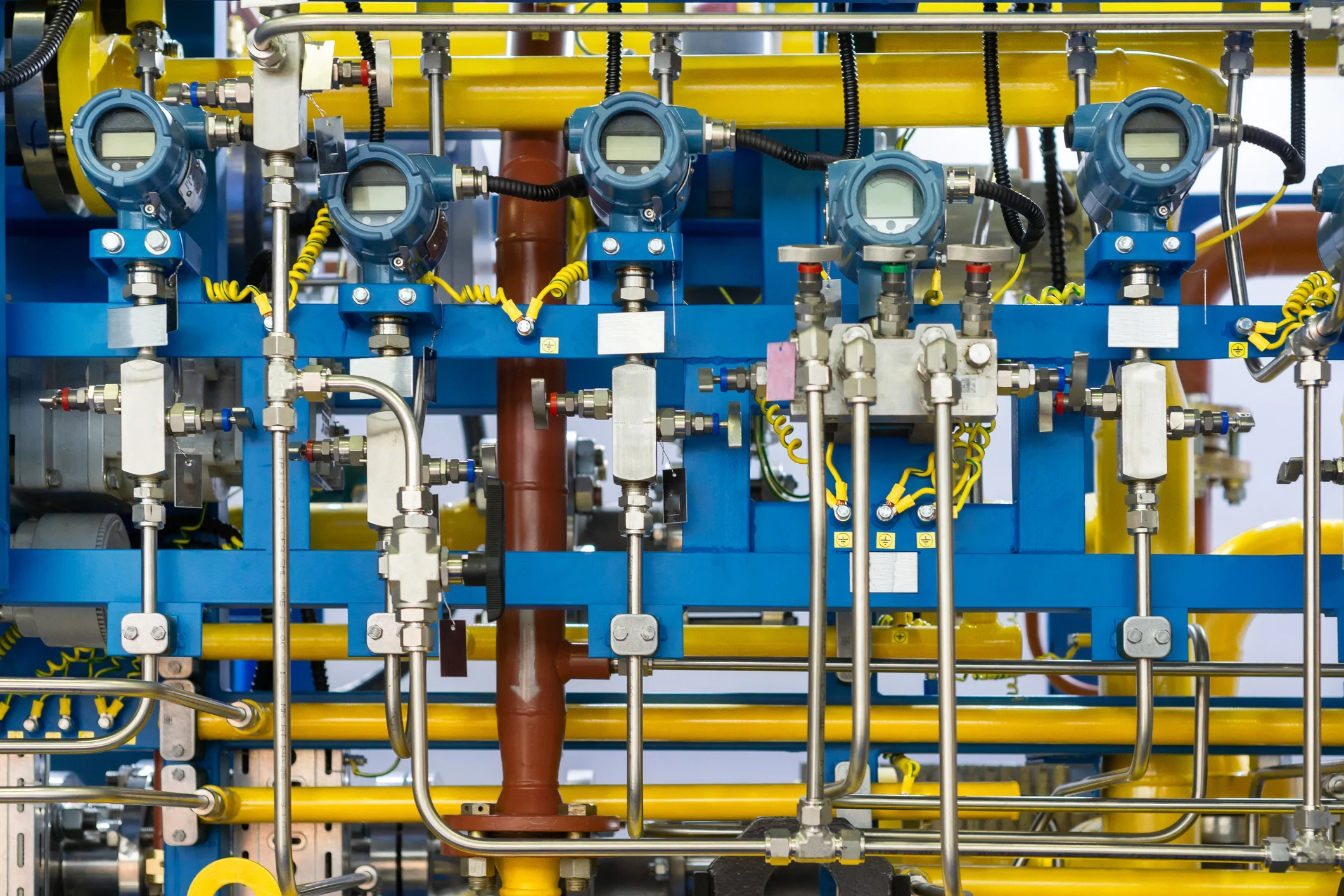

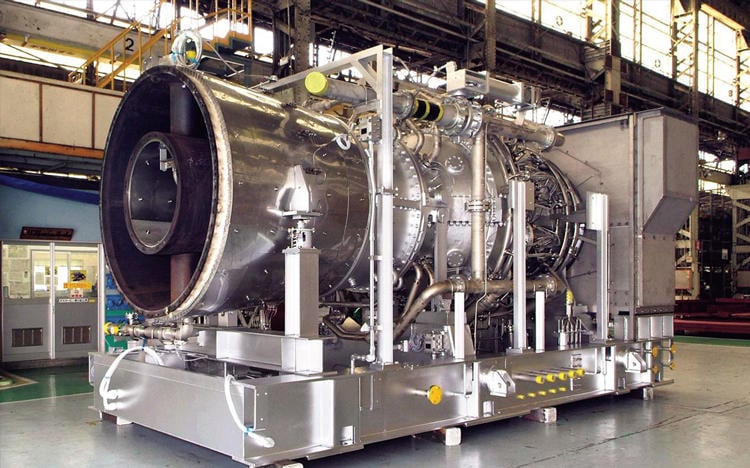
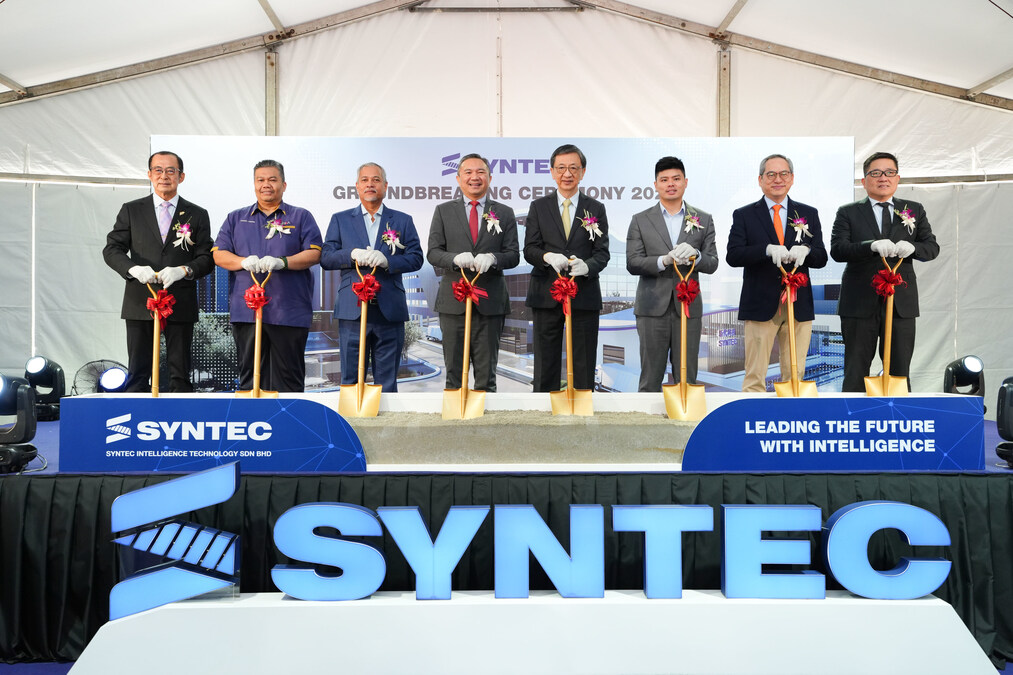

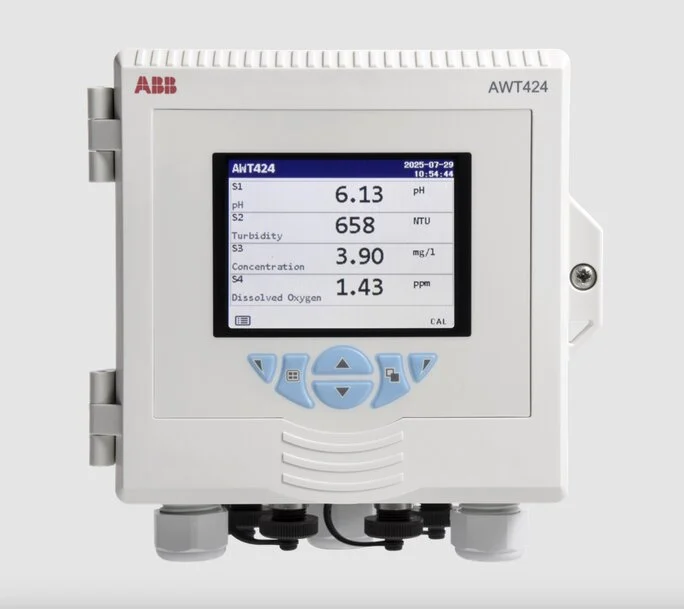

.jpg)
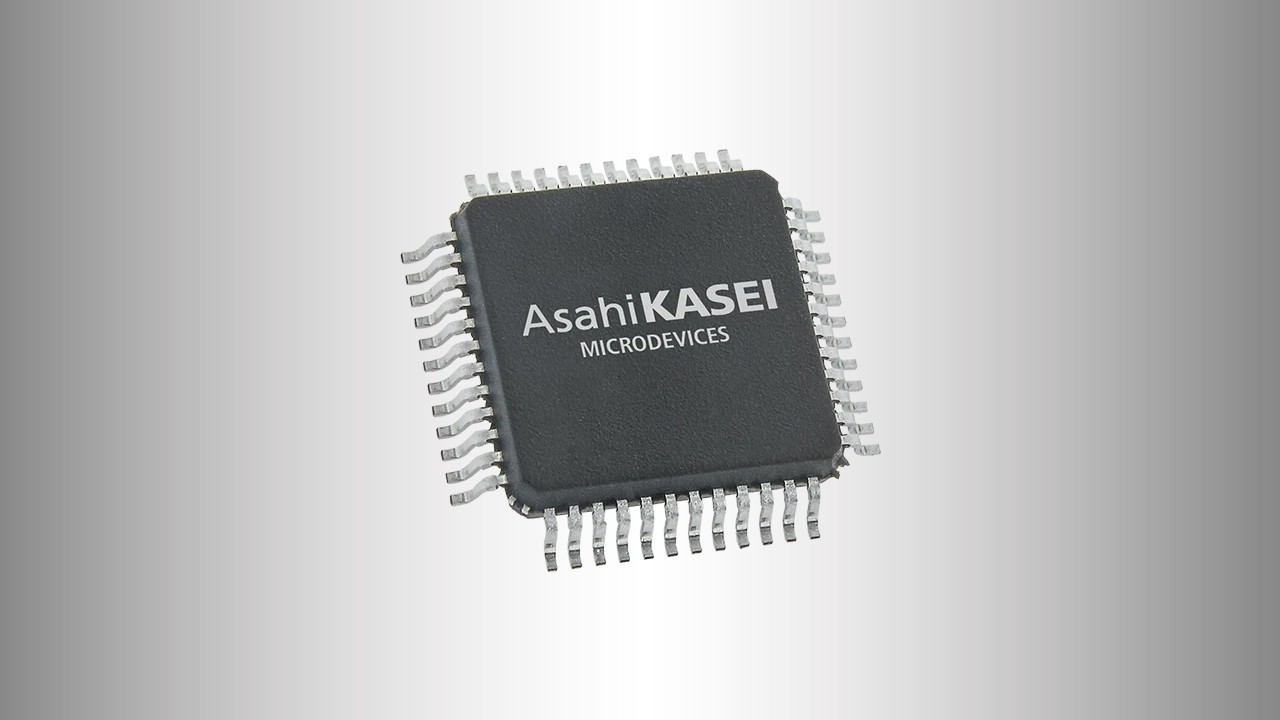


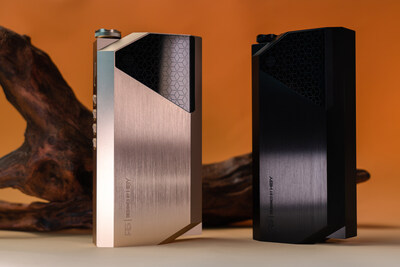







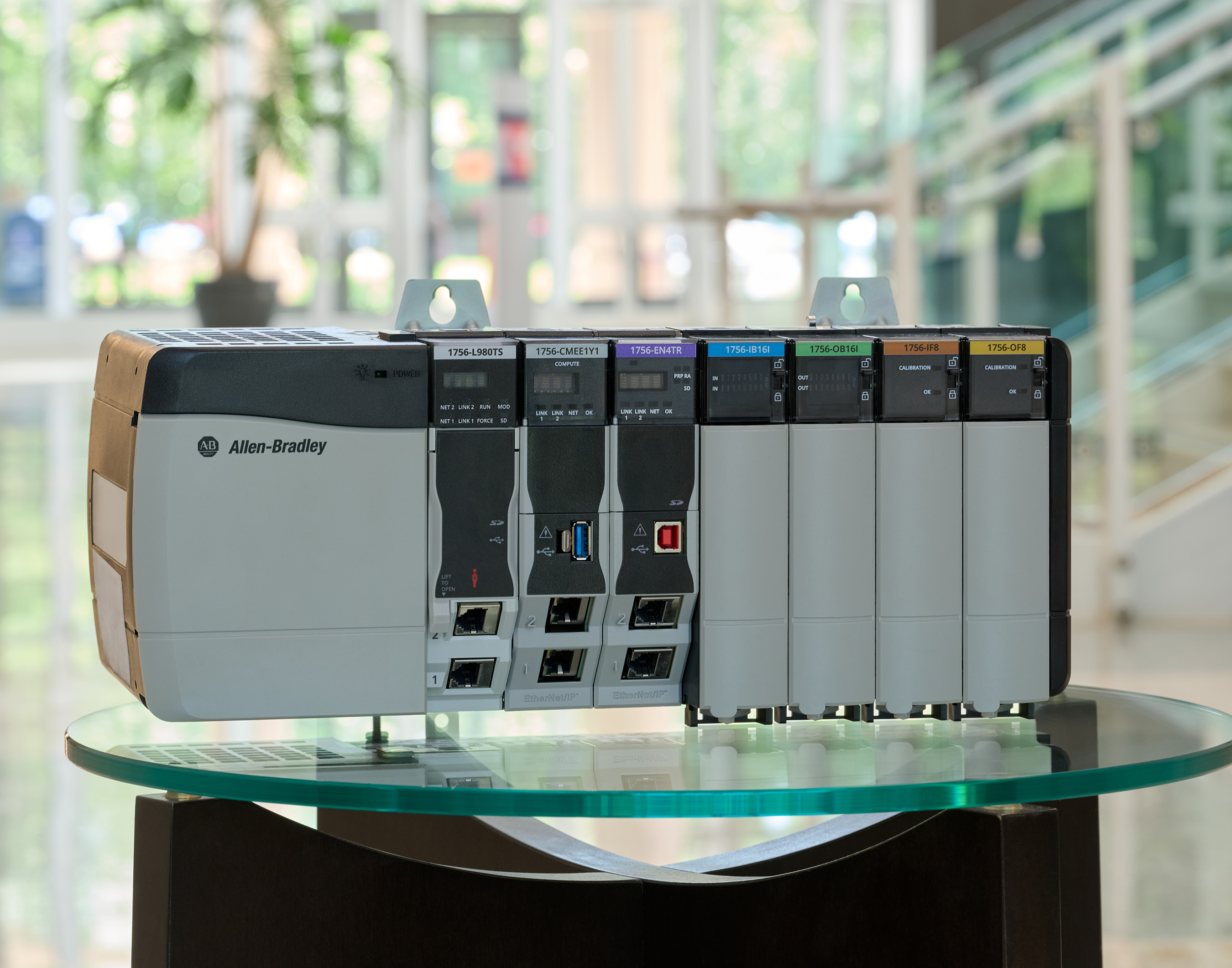

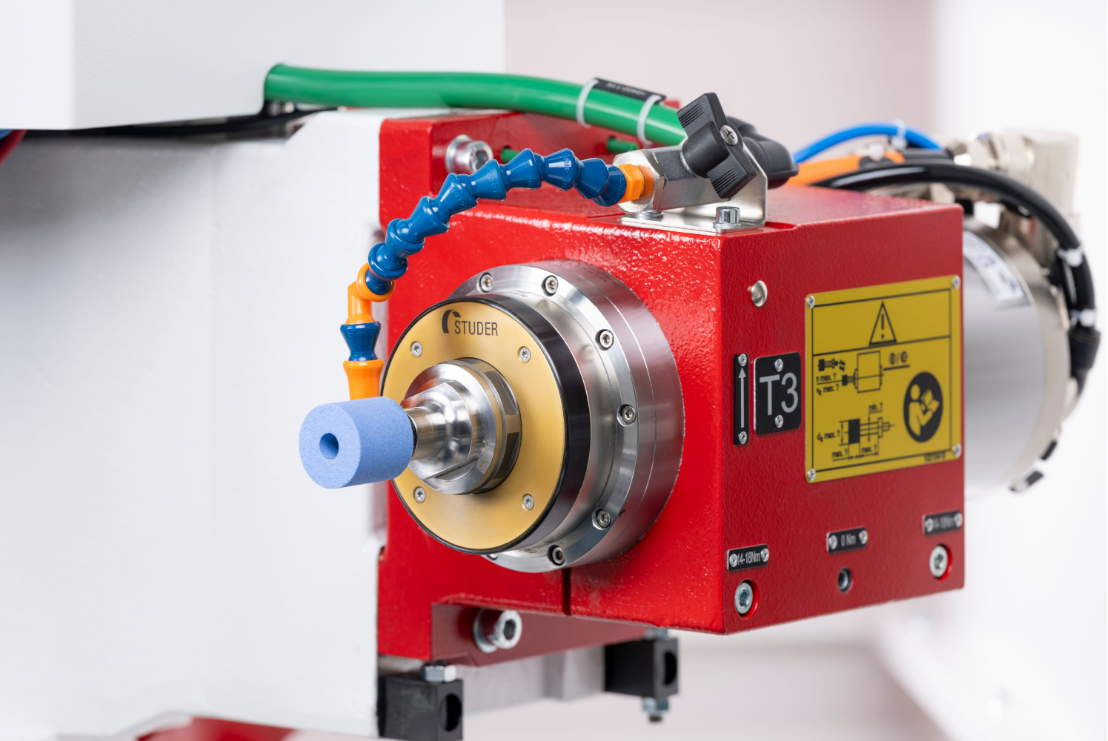

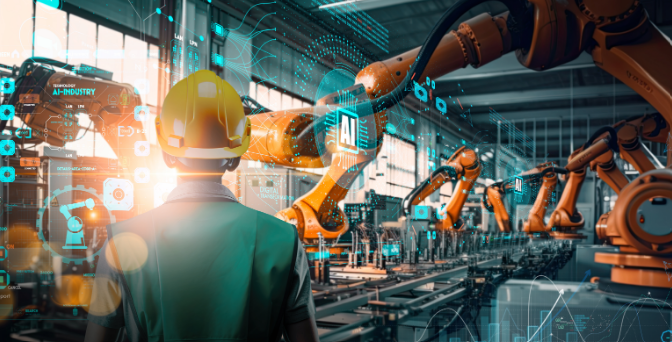




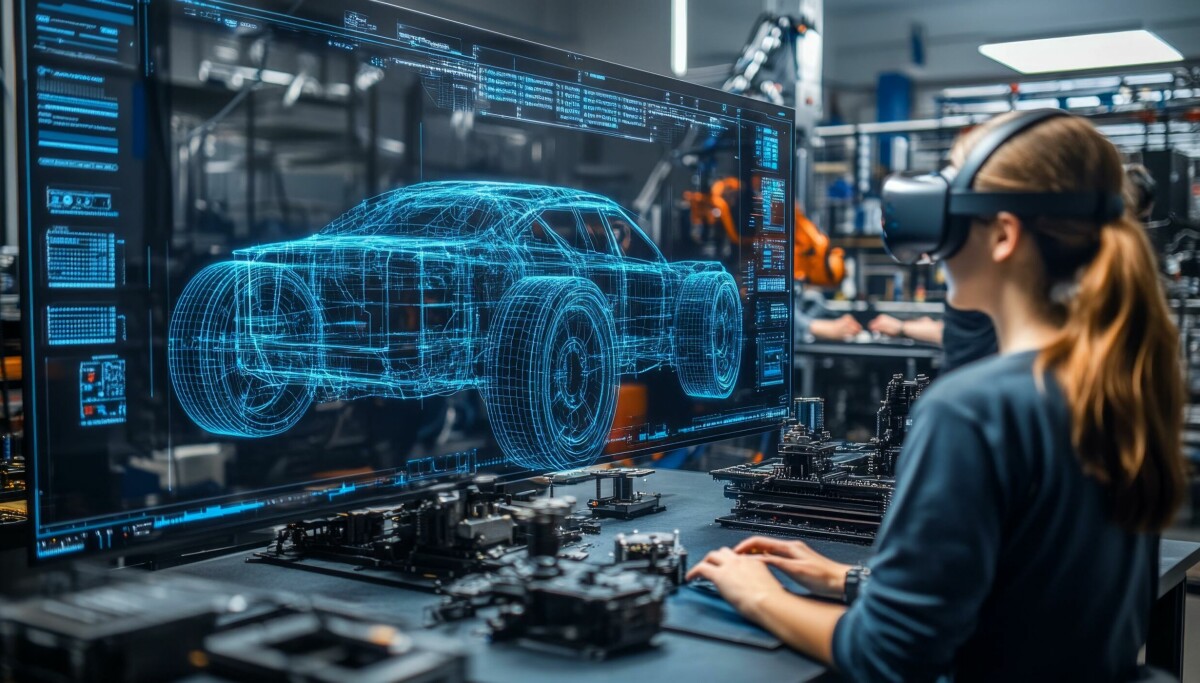

.png)
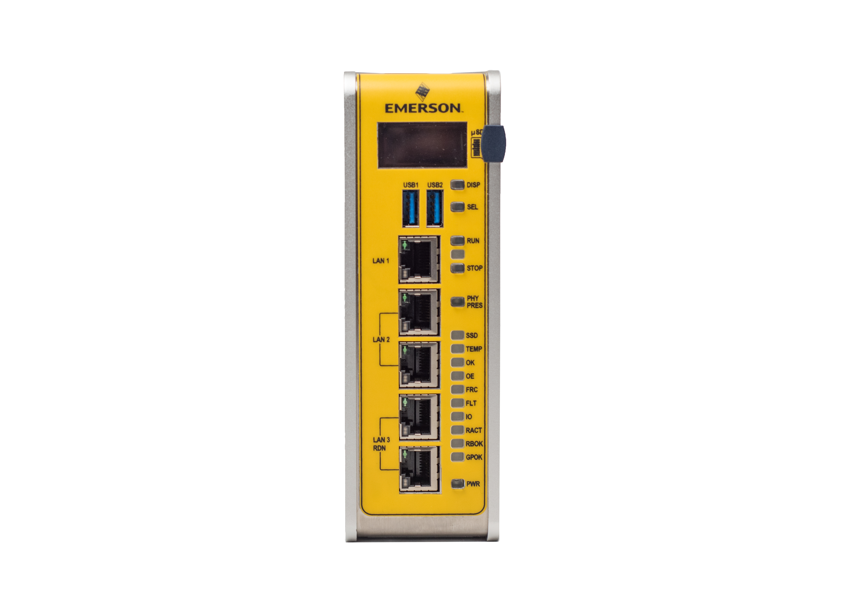




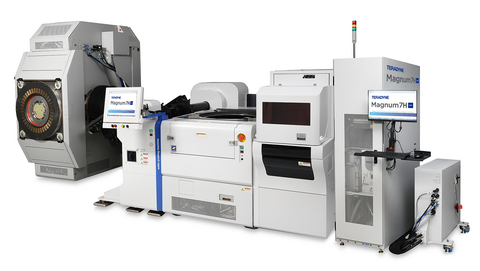


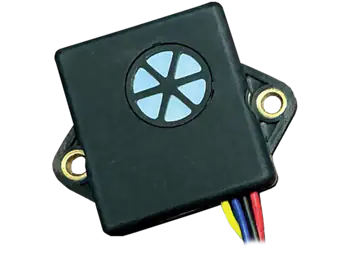


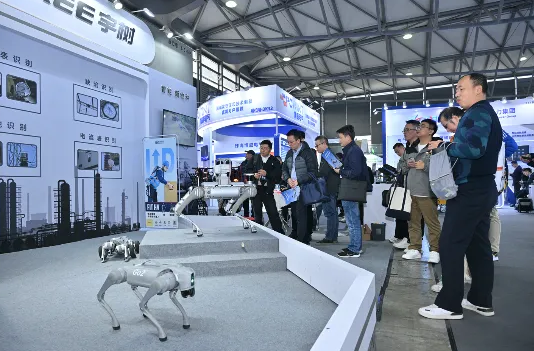
.png)





























.png)











.png)










